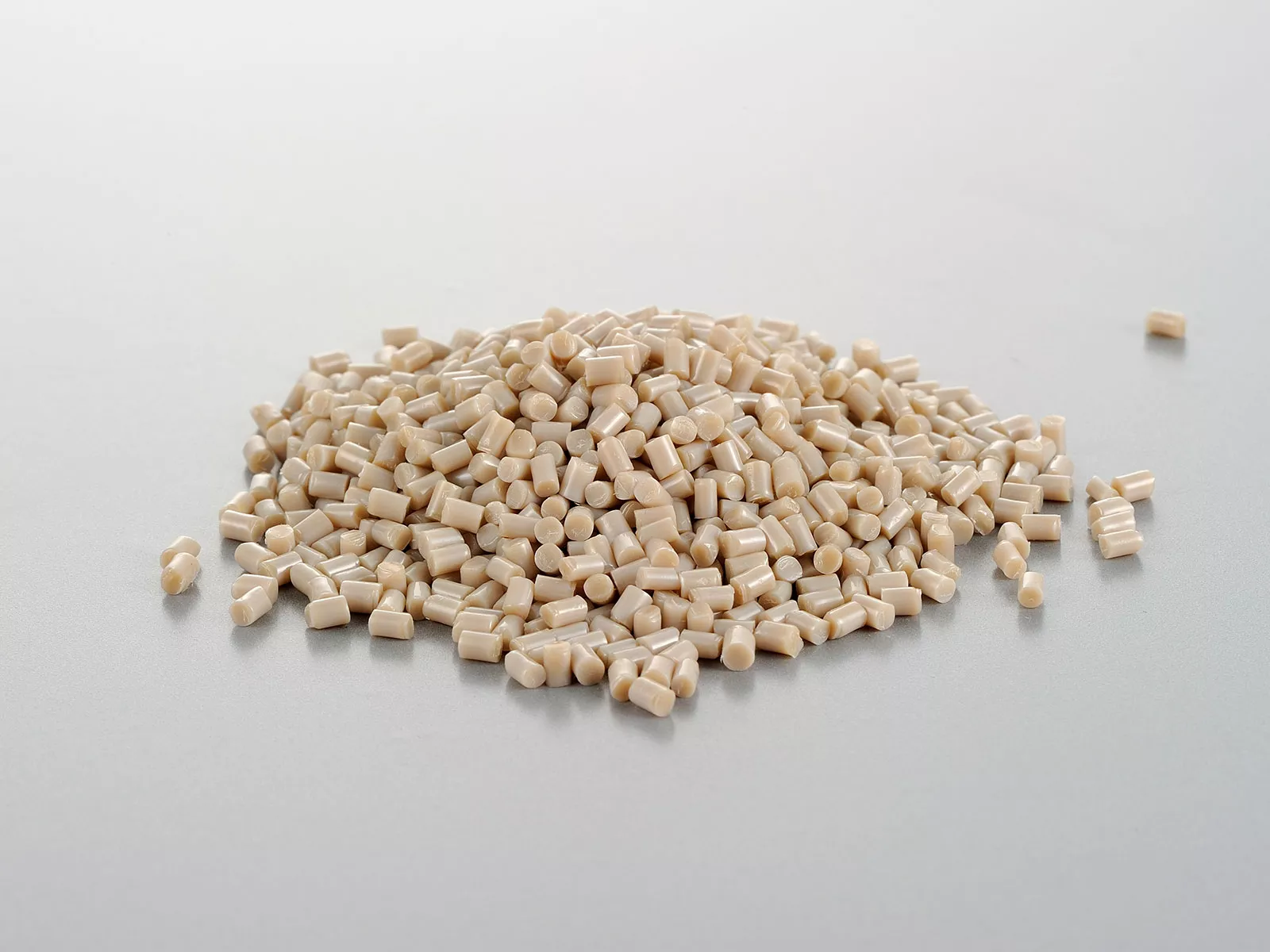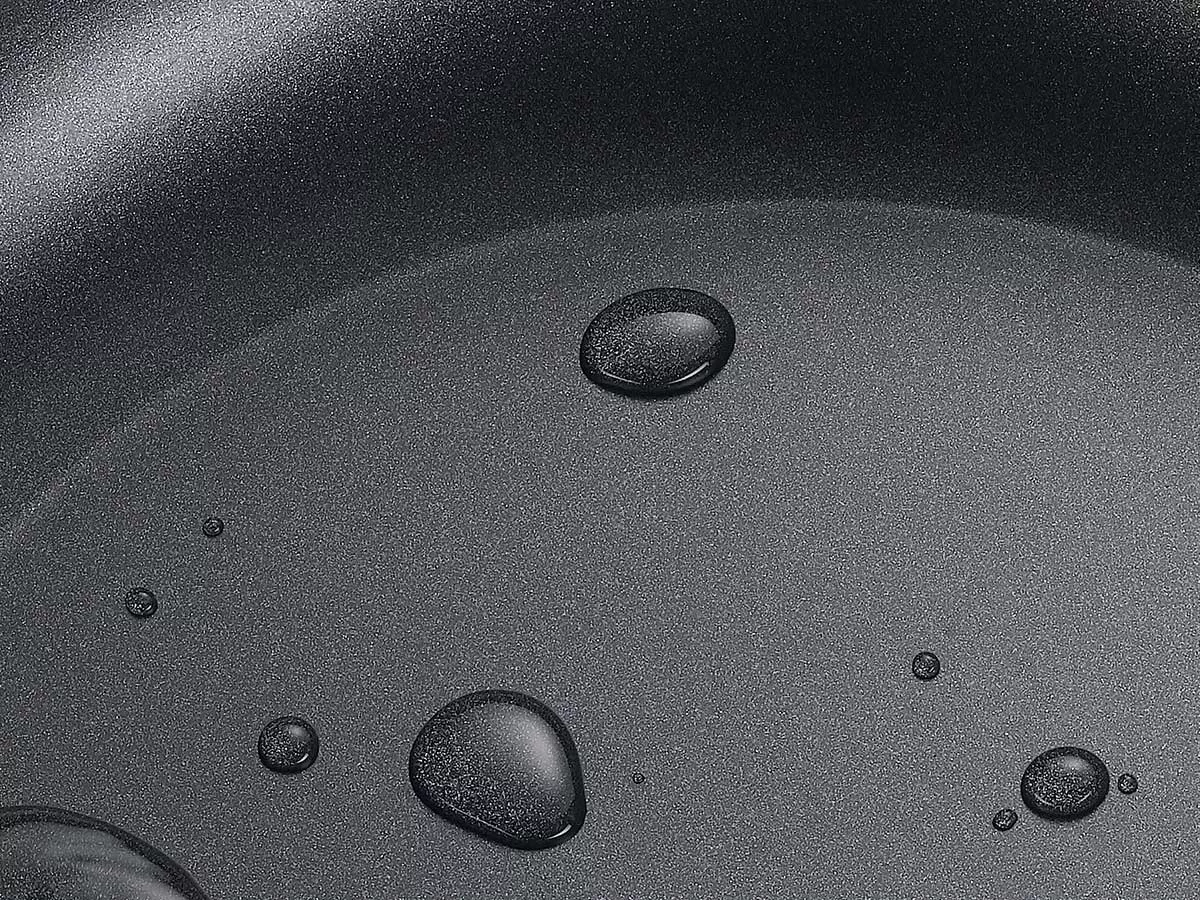When it comes to industrial coatings, selecting the right type can significantly impact the functionality and durability of the coated surfaces. Among the various options available, fluorocarbon coatings and PTFE (Polytetrafluoroethylene) coatings are two of the most popular choices. Each offers unique properties and advantages, making them suitable for different applications. In this article, we'll delve deep into the world of these coatings, comparing their characteristics, applications, benefits, and limitations to help you make an informed decision.
Fluorocarbon Coatings
Fluorocarbon coatings are polymer coatings rich in fluorine atoms bonded to carbon, which gives them exceptional resistance to environmental conditions. These coatings are known for their outstanding durability, excellent weatherability, and strong resistance against chemicals, UV rays, and corrosion. Typically, they are used in architectural applications, automotive parts, and in industries where high resistance to atmospheric exposure is required.
PTFE Coatings
PTFE, commonly known by the brand name Teflon, is a synthetic fluoropolymer of tetrafluoroethylene that has a wide range of applications due to its significant non-stick properties. It is highly resistant to heat, chemical attack, and electrical conductivity, making it an ideal choice for cookware, electrical insulation, and in chemical processing industries.
Comparison of Physical Properties
Heat Resistance:
Fluorocarbon coatings are resistant to temperatures typically up to 200°C, making them suitable for many outdoor and industrial applications. On the other hand, PTFE coatings can withstand temperatures as high as 260°C, which is why they are often used in cookware and applications involving high heat.
Chemical Resistance:
Both coatings offer excellent chemical resistance, but PTFE coatings are superior in this regard. PTFE is almost completely inert, which means it can handle more aggressive chemicals than fluorocarbon coatings.
Durability and Wear Resistance:
Fluorocarbon coatings excel in durability and are more abrasion-resistant compared to PTFE coatings. This makes them ideal for use in high-wear environments where a tough, protective barrier is necessary to extend the life of the underlying material.
Applications
Fluorocarbon Coatings:
- Architectural structures (such as aluminum window frames, and curtain walls)
- Bridge components
- Automotive parts (including body panels and under-hood components)
PTFE Coatings:
- Non-stick cookware
- Wire and cable insulation for electronics
- Components in aerospace and pharmaceutical sectors
Advantages
Fluorocarbon Coatings:
- Exceptional long-term weatherability, retaining their color and gloss over extended periods.
- Strong resistance to corrosive substances, which protects the structural integrity of the coated item.
- Versatility in applications, especially in architectural and automotive fields.
PTFE Coatings:
- Unmatched low friction surface, which reduces wear and tear and extends the usage life of cooking and industrial tools.
- Excellent non-reactive surface makes it safe for contact with food and aggressive chemicals.
- Superior heat resistance makes it ideal for applications involving extreme temperatures.
Limitations
Fluorocarbon Coatings:
- Generally more expensive than other coatings, which might be a limiting factor for budget-conscious projects.
- The application process requires high skill and safety measures, as incorrect application can lead to poor performance.
PTFE Coatings:
- While offering high heat resistance, PTFE can degrade if temperatures exceed 260°C, releasing harmful fumes.
- Less durable in terms of scratch resistance, which might not be ideal for some high-wear applications.
| Feature | Fluorocarbon Coating | PTFE Coating |
| Chemical Composition | Polymers with fluorine atoms bonded to carbon | Synthetic fluoropolymer of tetrafluoroethylene |
| Heat Resistance | Resistant up to 200°C | Resistant up to 260°C |
| Chemical Resistance | High resistance to chemicals, but slightly less than PTFE | Superior chemical resistance, almost completely inert |
| Durability | High durability and abrasion resistance | Less abrasion resistant but highly durable in terms of longevity |
| Application Examples | Architectural structures, automotive parts, bridge components | Non-stick cookware, wire insulation, aerospace components |
| Advantages | Excellent weatherability, strong corrosion resistance, versatile use | Unmatched low friction, non-reactive surface, high heat resistance |
| Limitations | More expensive, requires precise application techniques | Less scratch resistant, potential for toxic fumes at very high temperatures |
| Environmental Impact | Safe with precautions during manufacturing, needs careful disposal | Safe in use, precautions needed in manufacturing and disposal |
| Ideal Usage | Situations requiring long-term exposure to harsh environments | Applications needing non-stick properties or exposure to high temperatures |
Environmental Impact and Safety
Both PTFE and fluorocarbon coatings are considered safe for various applications, including in food contact situations (as with PTFE cookware). However, during the manufacturing and curing processes, certain precautions need to be taken to handle the raw materials safely and minimize environmental impact. Recycling and disposal processes for products coated with these materials also require specific methods to avoid environmental contamination.
Conclusion
Choosing between fluorocarbon and PTFE coatings ultimately depends on the specific requirements of your project. For architectural and automotive applications where durability and resistance against environmental factors are crucial, fluorocarbon coatings might be the better option. Conversely, for applications requiring maximum non-stick properties and higher temperature resistance, PTFE is the standout choice.





